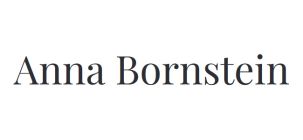The Dream of the Good
For kids of all ages from 1 to 18
The Four Doors In
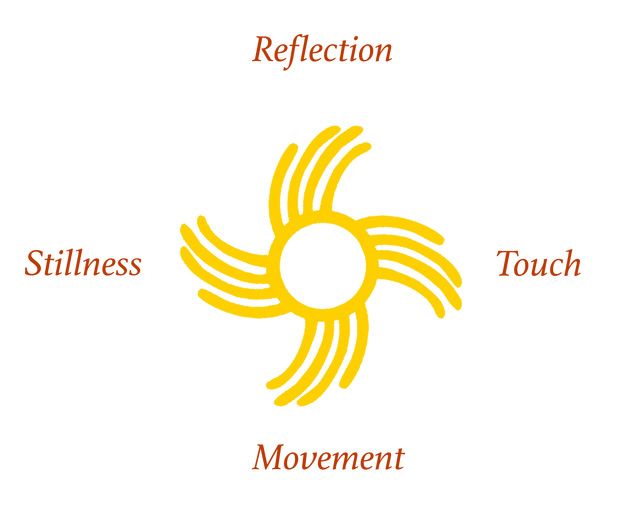
Stillness
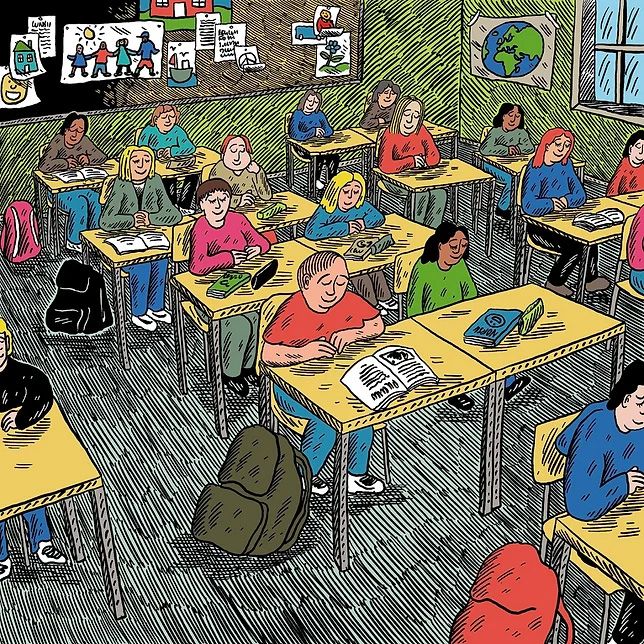
Touch
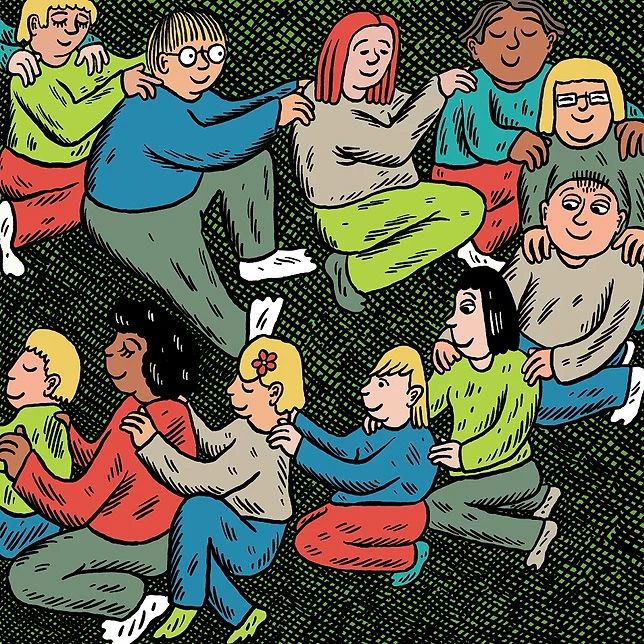
Reflection
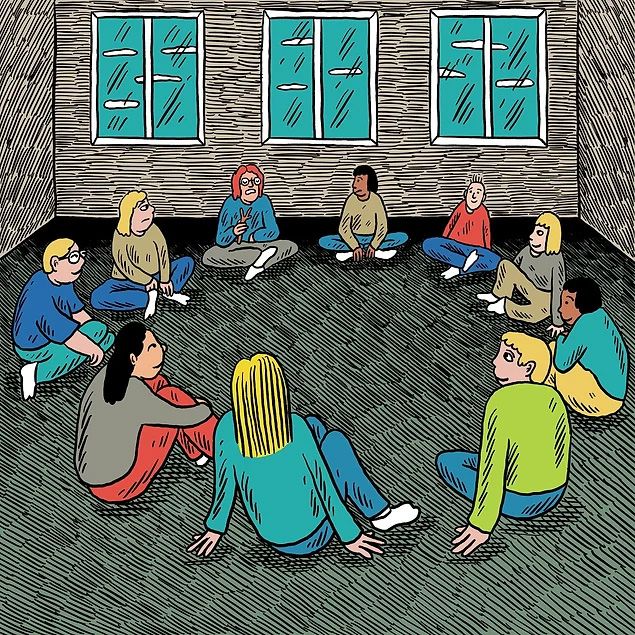
Movement
Slow concentrated movement is a way to connect with nature and our body. We become aware of our breathing, of our feet, their 'contact with the earth”, feeling the support from the earth at every step. We tune into harmony. Time slows down, a short moment can be experienced as a long time.
Other movement practices are simple yoga and qigong.
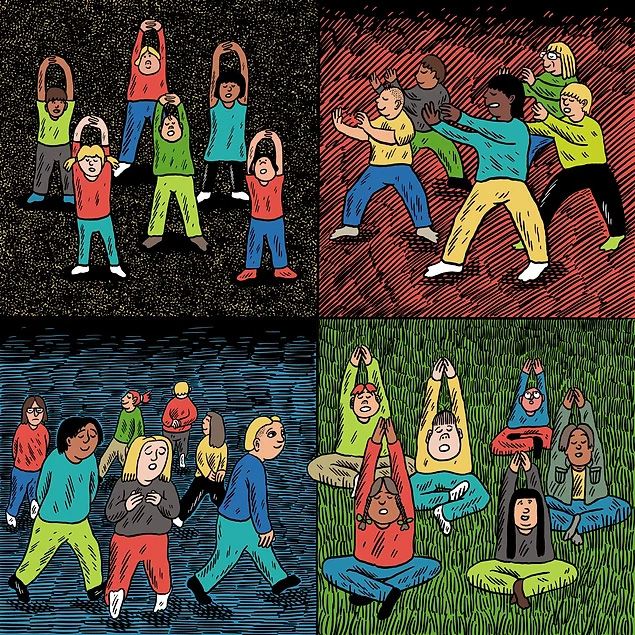
The drawings are made by Anders Kvammen, a popular and award winning Norwegian cartoonist.
Research
The first scientific study on the method was made by Ole Henning Sommerfelt at the Peace Study Centre at the University in Tromsö in Norway. (Ole Henning Sommerfelt: The Dream of the Good – A Peace education project, 2004) The results were improved ability to react with calm and non-violence in provocative situations, improved empathy and a developed group harmony with less provocations. Observations in pre-school confirmed that also the younger pre-school children had become less aggressive.
The practices were later researched by Yvonne Terjestam, (PhD and Associate professor at the Linnaeus university) in two projects Children in Balance I (2004) and II (2012) with very good results: reduced mental ill health, less emotional problems and stress, improved peer relations, and well-being, less psychological problems and a tendency toward improved self-image.
Read more about the studies and research here


